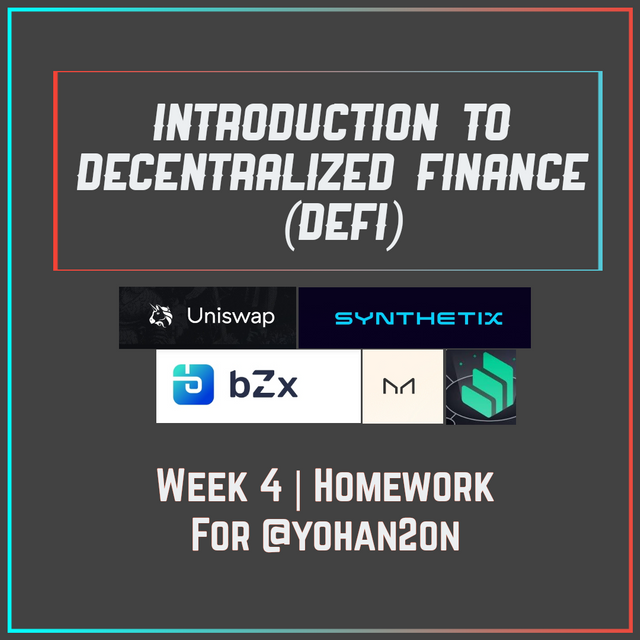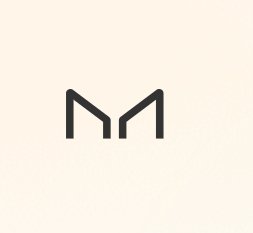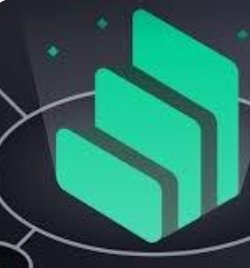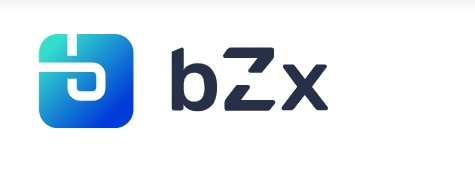Hello
In this post, written as part of week 4 to answer homework questions posed by professor @yohan2on in this POST
#yohan2on-week4

Before starting, we need to know
What is Defi
(Decentralized Finance )
Decentralized Finance (DeFi) refers to an ecosystem for financial applications built on blockchain networks.
More specifically, the term “decentralized financing” refers to a movement aimed at creating an open source ecosystem that does not require permits, is transparent to all financial services, is available to all, and operates without any central authority controlling it. This means that users will have full control over their assets and interact with this ecosystem via a peer-to-peer (P2P) environment and decentralized applications (Dapps).
The primary benefit of DeFi is easy access to financial services, especially for those who are isolated from the current financial system. Another potential advantage of DeFi is the standard framework under which to underpin interoperable DeFi applications on public blockchains, which will create entirely new financial markets, products and services.
This article will provide an introductory entry into the understanding of DeFi and its applications
1: Maker

MakerDAO is a decentralized credit platform on Ethereum that supports Dai, a stablecoin whose value is pegged to USD. Anyone can use Maker to open a Vault, lock in collateral such as ETH or BAT, and generate Dai as debt against that collateral. Dai debt incurs a stability fee (i.e., continuously accruing interest), which is paid upon repayment of borrowed Dai. That MKR is burned, along with the repaid Dai. Users can borrow Dai up to 66% of their collateral’s value (150% collateralization ratio). Vaults that fall below that rate are subject to a 13% penalty and liquidation (by anyone) to bring the Vault out of default. Liquidated collateral is sold on an open market at a 3% discount.
Holders of Maker’s other token (MKR) govern the system by voting on, e.g., risk parameters such as the stability fee level. MKR holders also act as the last line of defense in case of a black swan event. If system-wide collateral value falls too low too fast, MKR is minted and sold on the open market to raise more collateral, diluting MKR holders.
Maker also has a feature called the Dai Savings Rate (DSR). DAI holders can lock their DAI into Maker’s DSR contract and earn a variable interest rate in DAI, which is generated from stability fees.
How to use Maker?
The most popular place to use MakerDAO is Maker’s Oasis Portal. There you can open and manage Vaults, review your Vault’s history, deposit DAI into the Dai Savings Rate, and get up-to-date stats on the whole Maker system. We also have step-by-step guide.
2: Compound

Compound is an algorithmic money market protocol on Ethereum that lets users earn interest or borrow assets against collateral. Anyone can supply assets to Compound’s liquidity pool and immediately begin earning continuously-compounding interest. Rates adjust automatically based on supply and demand.
Supplied asset balances are represented by cTokens: representations of the underlying asset that earn interest and serve as collateral. Users can borrow up to 50-75% of their cTokens’ value, depending on the quality of the underlying asset. Users can add or remove funds at any time, but if their debt becomes undercollateralized, anyone can liquidate; a 5% discount on liquidated assets serves as incentive for liquidators.
The Compound protocol sets aside 10% of interest paid as reserves; the rest goes to suppliers. Compound initially launched on mainnet in September 2018 and upgraded to v2 in May 2019. The protocol now supports BAT, DAI, SAI, ETH, REP, USDC, WBTC, and ZRX. Compound has been audited and formally verified. As of May 2020, Compound has transitioned to community governance; COMP token-holders and their delegates debate, propose, and vote on all changes to Compound.
How to use Compound?
The best place to use Compound is the native interface. Just enable any asset to start supplying or borrowing it. You can also check your balance and current interest rates.
3: Synthetix

Synthetix is a decentralized platform on Ethereum for the creation of Synths: on-chain synthetic assets that track the value of real-world assets. Born as stablecoin project Havven, Synthetix rebranded and expanded its scope prior to launching on mainnet in February 2019. As of March 2020, the Synthetix platform supports over 30 Synths representing fiat currencies, commodities (e.g., gold), and cryptoassets. Stocks, indices, and other derivatives are planned.
Synthetix has a native token called SNX. Holders can lock in collateral such as SNX and ETH to mint Synths, which are freely tradeable ERC20 tokens. Transaction fees from Synths exchanged on Synthetix’s non-custodial DEX (Synthetix.Exchange) go to SNX holders/Synth minters, incentivizing Synth creation and giving value to the underlying collateral (i.e., the SNX token).
How to use Synthetix?
The best place to interact with the Synthetix Network is Mintr, where you can mint and burn Synths, collect fees, and more.
4: bZx

bZx is a financial primitive for shorting, leverage, borrowing, and lending that empowers decentralized, efficient, and rent-free blockchain applications. Fulcrum, originally launched in June 2019, is a DeFi platform for lending and margin trading built using bZx. Fulcrum enables users to collect interest by lending assets, and to enter into tokenized long or short positions at up to 5x leverage. Fulcrum 2.0 was launched in 2020 and is twice as gas efficient as its predecessor. Also built with bZx, Torque is a DeFi platform for borrowing assets instantly, with indefinite-term loans and fixed interest rates.
The most important thing that sets the bZx Protocol apart from other decentralized lending protocols is its commitment to developing the most decentralized solution possible. The bZx Protocol is currently the only lending protocol to make use of decentralized price feeds for calculating interest rates and our unique architecture makes it so the gas fee associated with using bZx does not increase along with the number of assets supported by the platform.
BZRX is the governance token of the bZx protocol. BZRX token holders can vote to upgrade the bZx protocol as well as stake their token to begin earning a share of bZx protocol fees.
How to use bZx?
bZx prides itself on its products' ease of use. To lend or trade, visit fulcrum.trade using a browser connected to your Ethereum wallet. You can visit torque.loans for a simplified borrowing experience with fixed rate, indefinite-term loans.
5: Uniswap

Uniswap is a fully decentralized on-chain protocol for token exchange on Ethereum that uses liquidity pools instead of order books. Anyone can quickly swap between ETH and any ERC20 token or earn fees by supplying any amount of liquidity. And anyone can create a market (i.e., liquidity pool) by supplying an equal value of ETH and an ERC20 token. Uniswap allows only one market per ERC20 token. The market creator sets the exchange rate, which shifts through trading due to Uniswap’s “constant product market maker” mechanism. When trading reduces one side of the pair’s liquidity relative to the other, the price changes. This creates arbitrage opportunities, encouraging more trading.
Uniswap has no native token, but each liquidity pair is represented by a unique, freely-transferable ERC20 token. All fees (0.3% per trade) are added to the relevant liquidity pool; thus all fees go to liquidity providers in proportion to their share of the pool’s liquidity. Liquidity providers can add to or withdraw their funds at any time.
With larger price changes, liquidity providers suffer an “impermanent loss.” The loss diminishes as prices return to their level at the time liquidity was supplied. With sufficient trading volume, fees earned may offset this loss.
How to use Uniswap?
The main Uniswap interface is the best place to swap tokens, create a market, or manage your liquidity pool. You can also see your token balances, current exchange rates, and and your share of the liquidity pool.
Cc:-
@yohan2on
@steemitblog
@steemcurator01
@steemcurator02
Posted by : @alirade37
Hi @alirade37
Thanks for attending the 4th-week Crypto course and for your effort in doing the homework task.
Unfortunately, you directly copied and pasted from the following sites;
https://unlock-protocol.github.io/ethhub/built-on-ethereum/open-finance/maker/
https://defipulse.com/compound
https://wagecan.medium.com/6-defi-lending-platforms-part-%E2%85%B1-af5d58a5aaca
Plagiarism is highly prohibited on Steemit
Downvoting a post can decrease pending rewards and make it less visible. Common reasons:
Submit